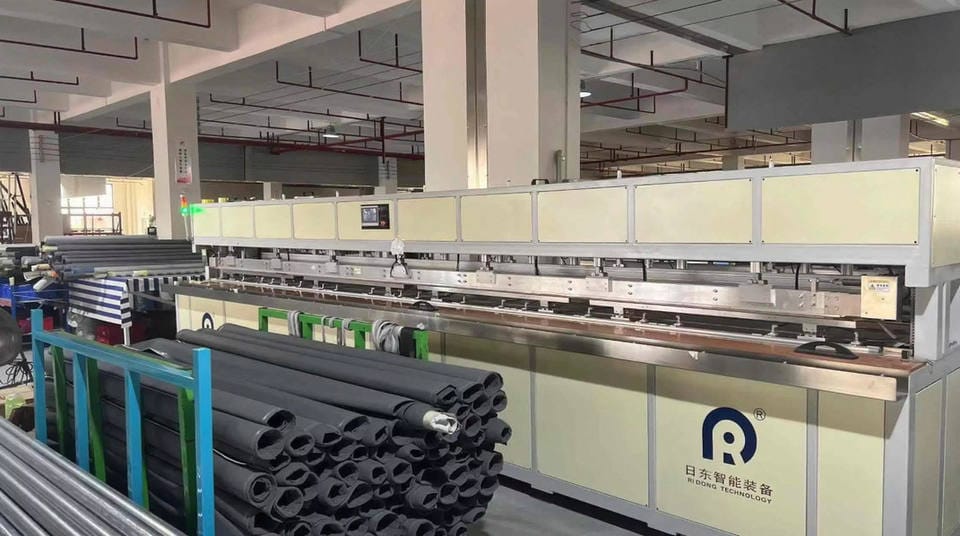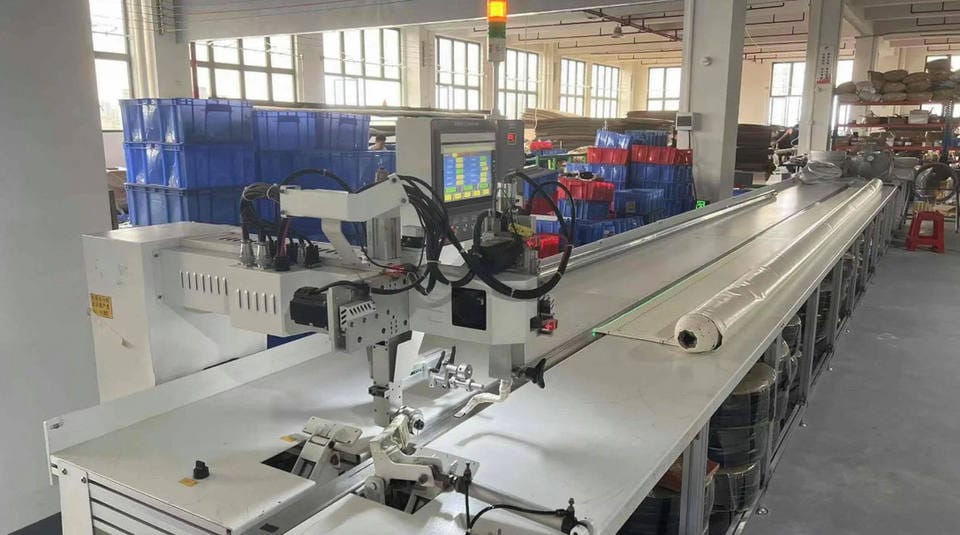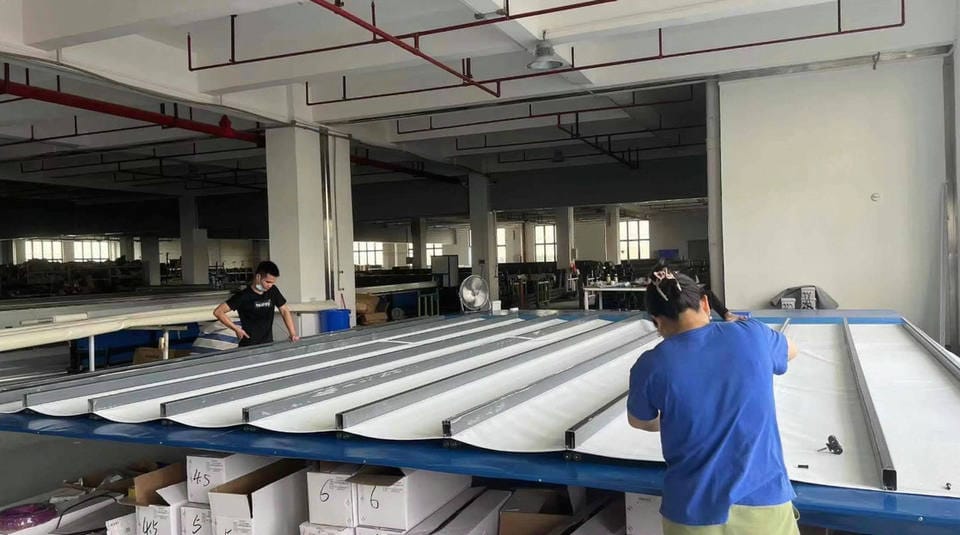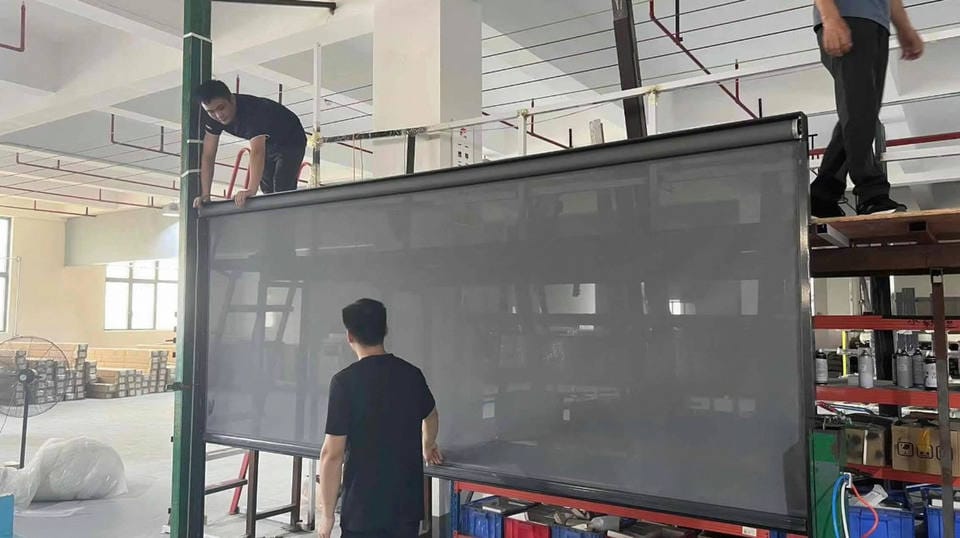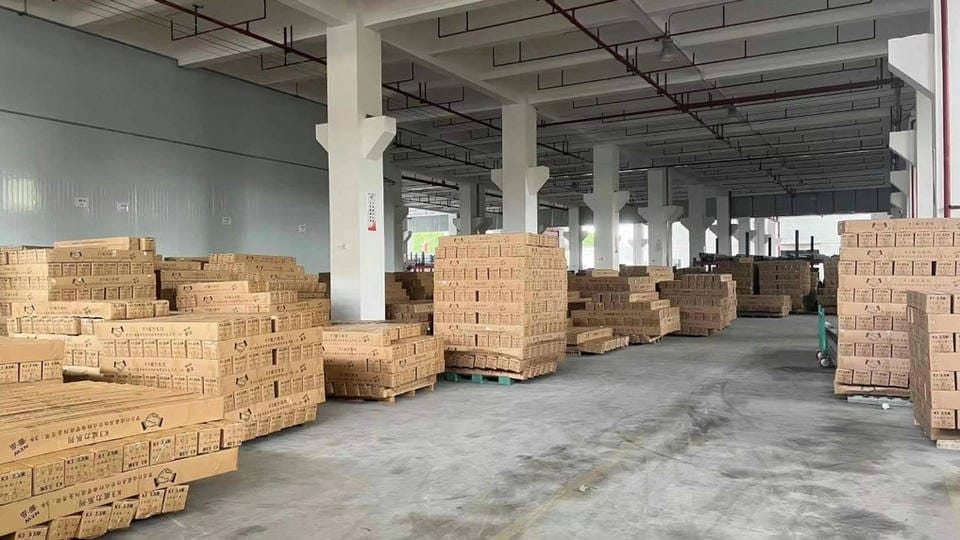Pivot door performance depends heavily on thickness and weight. Standard doors range 1.75″–2.25″ thick, balancing durability and design. Oversized doors often require 2.5″+ thickness and heavy-duty pivots to support loads exceeding 300 lbs. Proper material selection, hardware rating, and engineering prevent sagging, warping, or binding, ensuring smooth operation, compliance with building codes, and long-term durability.
Why Thickness and Weight Matter
The size of a pivot door isn’t the only factor that determines its usability. Thickness and weight directly affect stability, hardware selection, and installation success. A pivot door that is too thin can warp or flex, while a door that is too heavy without proper pivots may drag or fail prematurely.
Standard Thickness for Pivot Doors in the USA
| Application | Typical Thickness | Notes |
|---|---|---|
| Interior Residential | 1.75″ – 2″ | Light to moderate use; suitable for smaller pivot entryways. |
| Exterior Residential | 2″ – 2.25″ | Added durability against weather and warping. |
| Commercial Projects | 2.25″ – 2.5″+ | Heavier traffic, often larger doors requiring greater rigidity. |
Thicker doors not only provide better insulation and security but also ensure the pivot system can handle long-term use.
Weight Considerations for Pivot Doors
The weight of a pivot door depends on size, thickness, and material. On average:
| Door Size (ft) | Material | Estimated Weight | Pivot Hardware Required |
|---|---|---|---|
| 3′ × 8′ (36″ × 96″) | Solid Wood | 180–220 lbs | Standard heavy-duty pivot |
| 4′ × 9′ (48″ × 108″) | Steel Frame + Glass | 280–350 lbs | Reinforced floor + top pivots |
| 5′ × 10′ (60″ × 120″) | Solid Core Composite | 400–500 lbs | High-capacity system (e.g., FritsJurgens M+) |
Rule of Thumb: Every additional inch of thickness adds significant weight, which must be matched with hardware rated to carry the load.
Impact of Material on Thickness & Weight
- Solid Wood: Dense and heavy; requires thicker panels for stability. Risk of warping if oversized.
- Glass with Metal Frame: Can support very large openings but adds substantial weight.
- Steel or Aluminium Composite: Strong but heavy; thickness often increased for structural stability.
- Engineered Wood or Composites: Lighter alternative; allows thicker builds without excessive weight.
Hardware & Engineering Requirements
To avoid sagging or binding, hardware must match both door thickness and weight capacity. Key considerations:
- Pivot Placement: Moving the pivot point closer to the center distributes weight better but requires stronger hardware.
- Intermediate Pivots: Tall or extra-wide doors need additional pivot points to reduce stress.
- Load Ratings: Choose pivots rated for 25–50% higher than the door’s calculated weight for safety.
Building Code & ADA Influence
While codes don’t strictly dictate thickness, they indirectly affect weight and hardware choices:
- ADA compliance requires door operation with less than 5 lbs of opening force, meaning weight must be balanced with high-quality pivots.
- Exterior doors may require increased thickness for energy efficiency and weather resistance.
Design vs. Performance Balance
- Too Thin → Door may warp, bow, or fail under stress.
- Too Thick → Excessive weight may strain hardware or make the door difficult to operate.
- Ideal Balance → 2″–2.25″ for most residential, 2.25″–2.5″+ for oversized or commercial doors.
Conclusion
Thickness and weight are more than just design preferences; they define how long your pivot door lasts and how well it performs. By matching the correct thickness to door size, choosing appropriate materials, and installing hardware rated for weight, homeowners and architects can achieve both design impact and functional reliability.



